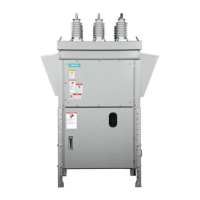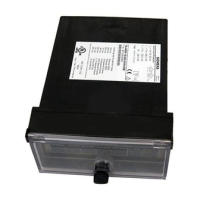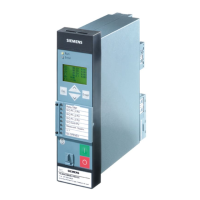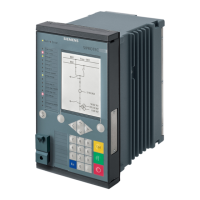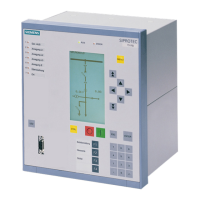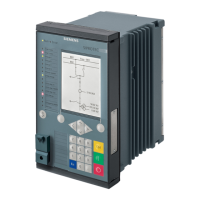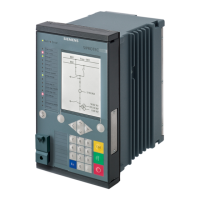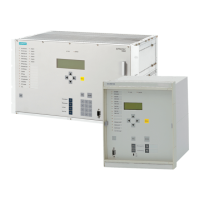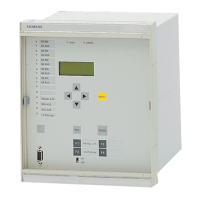Methods of implementing selectivity using circuit breakers
3.4 Time selectivity
Selectivity for 3VA molded case circuit breakers
Configuration Manual, 08/2016, A5E03603181010-01
23
3.4 Time selectivity
Time selectivity is a form of selectivity in which the (time-delay) protective devices trip at
different times in response to over-currents of the same magnitude. Starting at the lowest
level of an electrical power distribution system, the time delay increases with each circuit
breaker in the infeed direction.
Time selectivity is implemented in the short-circuit and overload zones. If suitable circuit
breakers with an instantaneous short-circuit release with a sufficiently high setting range and
possibly a short-circuit release that can be disabled (setting at I release I
i
= ∞) are used, it is
possible to provide total selectivity with the time selectivity concept.
Figure 3-6 Tripping characteristics set for time selectivity
The electronic short-time delay over-current release (S release) is used to implement time
selectivity. The delay time of the S release (t
sd
) on upstream circuit breakers is set to a
higher value in the current flow direction than it is on downstream circuit breakers. As a
result, the circuit breaker situated directly at the fault location trips before the longer delay
time of the circuit breakers further upstream has expired.
Time selectivity is determined by plotting the tripping characteristics in a graph, taking into
account tolerances and delay times.
Grading times
Grading times are the intervals required between the delay times of individual circuit
breakers in order to achieve time selectivity.
Grading times are based on the following times:
● Time until a fault is detected in the power distribution system
● Time until the contacts of the circuit breaker are completely open
The grading times between two circuit breakers can therefore equal between 70 and 100 ms.

